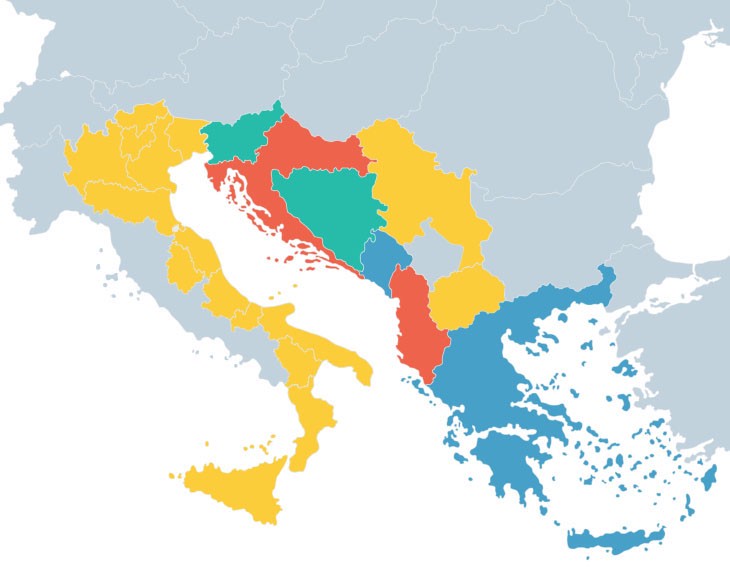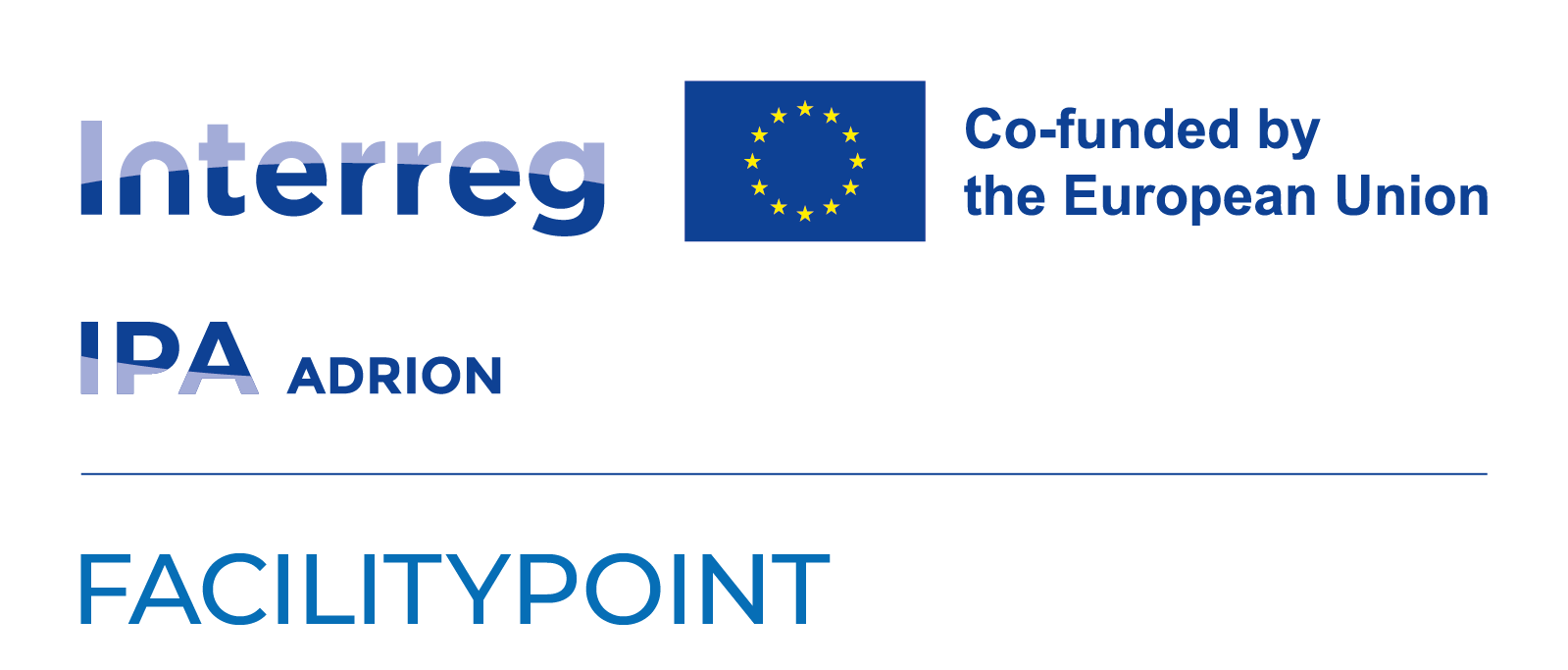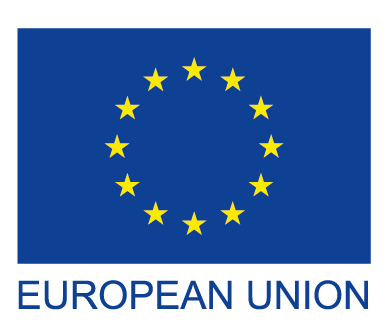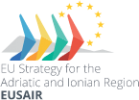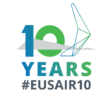Adriatic – Ionian region
The Region is a functional area primarily defined by the Adriatic and Ionian Seas basin. Covering also an important terrestrial surface area, it treats the marine, coastal and terrestrial areas as interconnected systems. With intensified movements of goods, services and peoples owing to Croatia’s accession to the EU and with the prospect of EU accession for other countries in the Region, port hinterlands play a prominent role. Attention to land-sea linkages also highlights impacts of unsustainable land-based activities on coastal areas and marine ecosystems.
Mission, objectives
Home to more than 70 million people, the Region plays a key role in strengthening geographical continuity in Europe. The Strategy builds on the Adriatic-Ionian Initiative and forms close cooperation with it.
Participating countries
EU Member States
- Croatia
- Greece
- Italy
- Slovenia
Non-EU Countries
- Albania
- Bosnia and Herzegovina
- Montenegro
- Serbia
- North Macedonia
- San Marino
